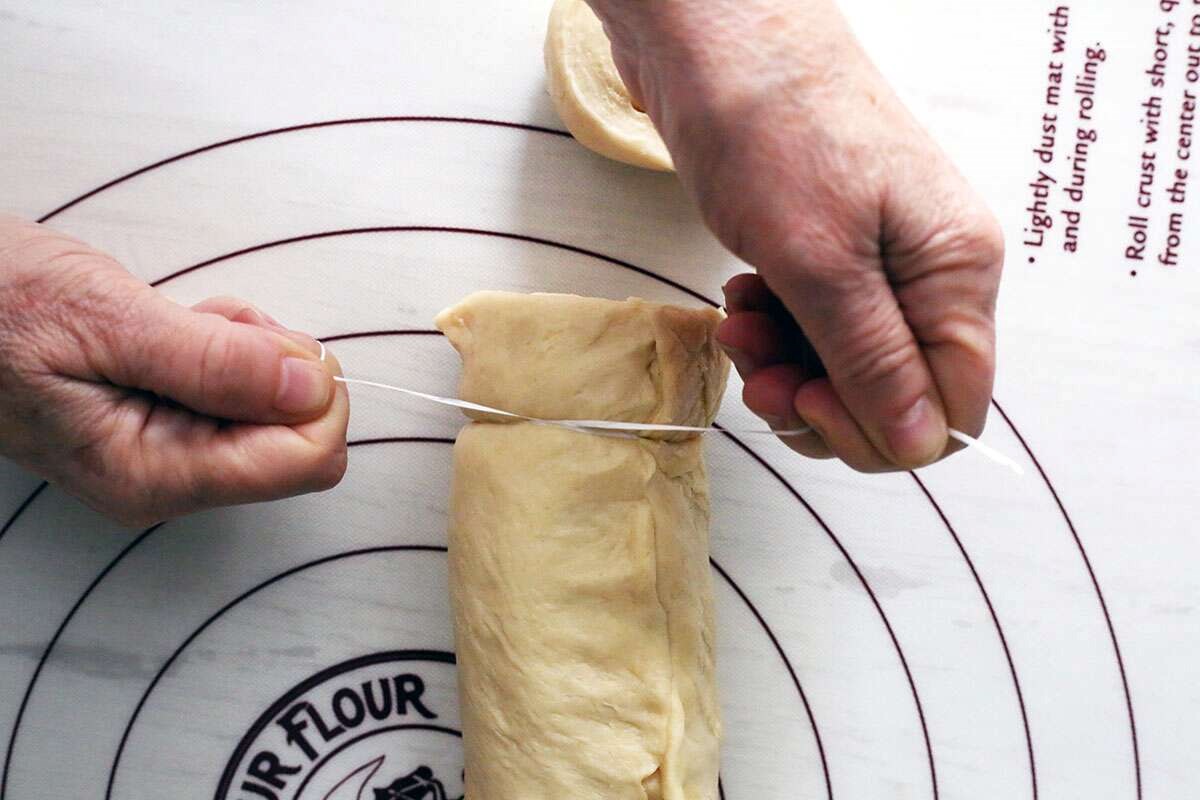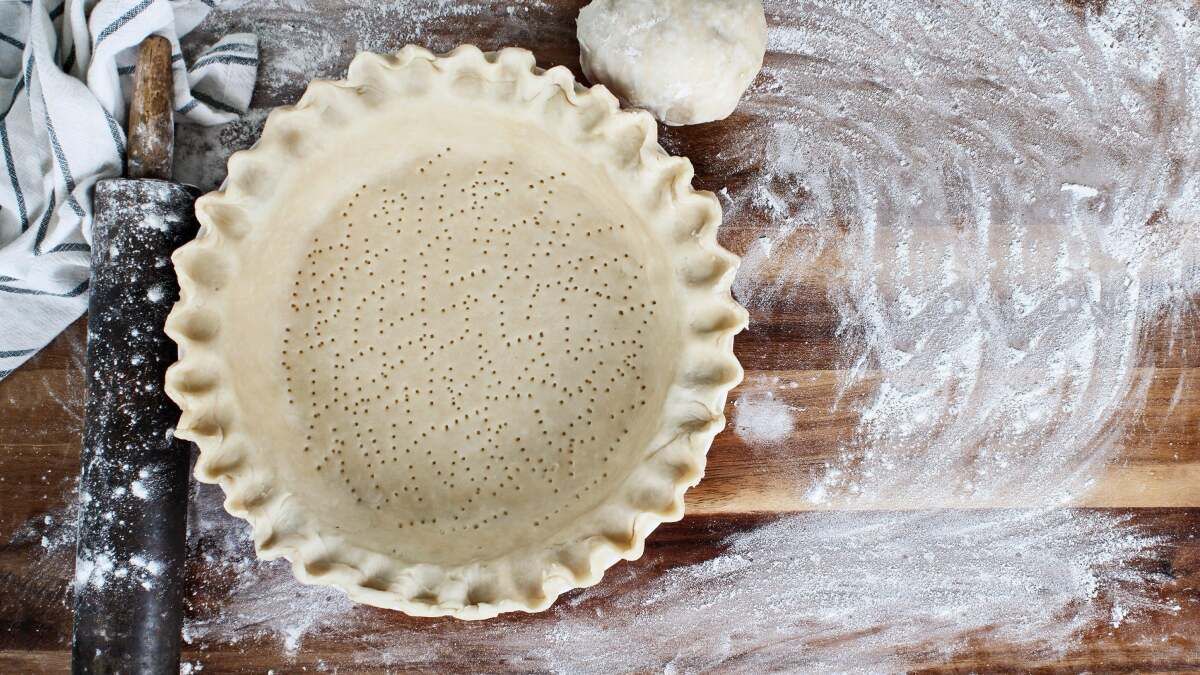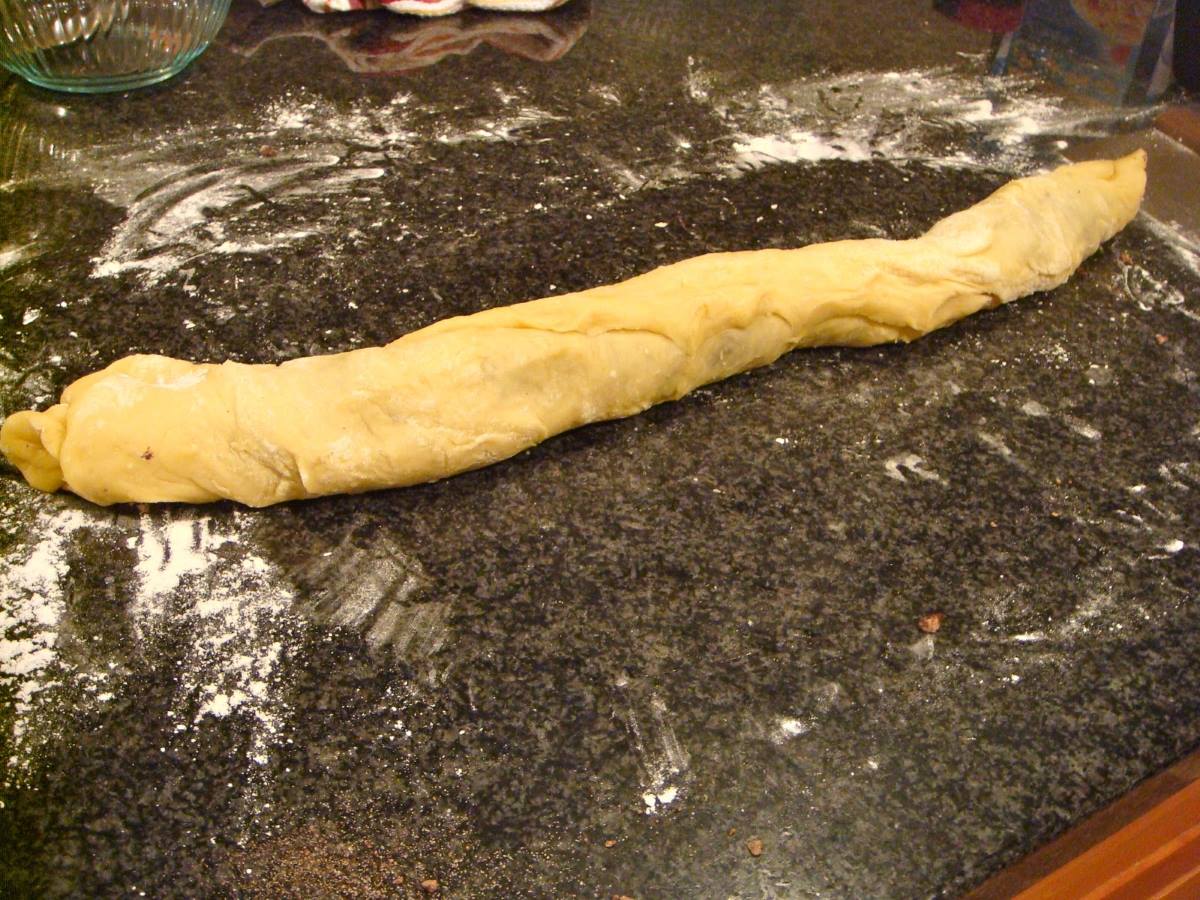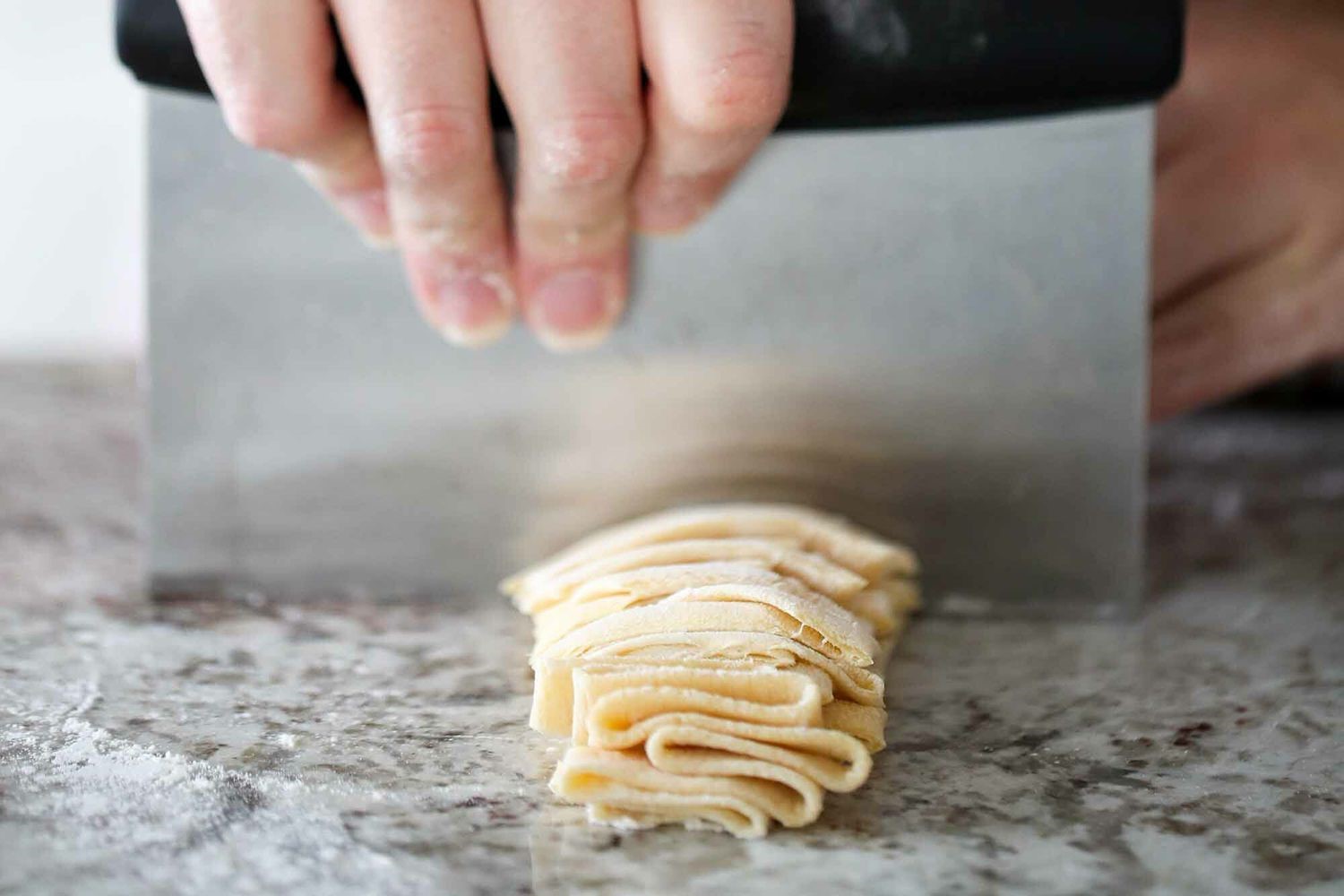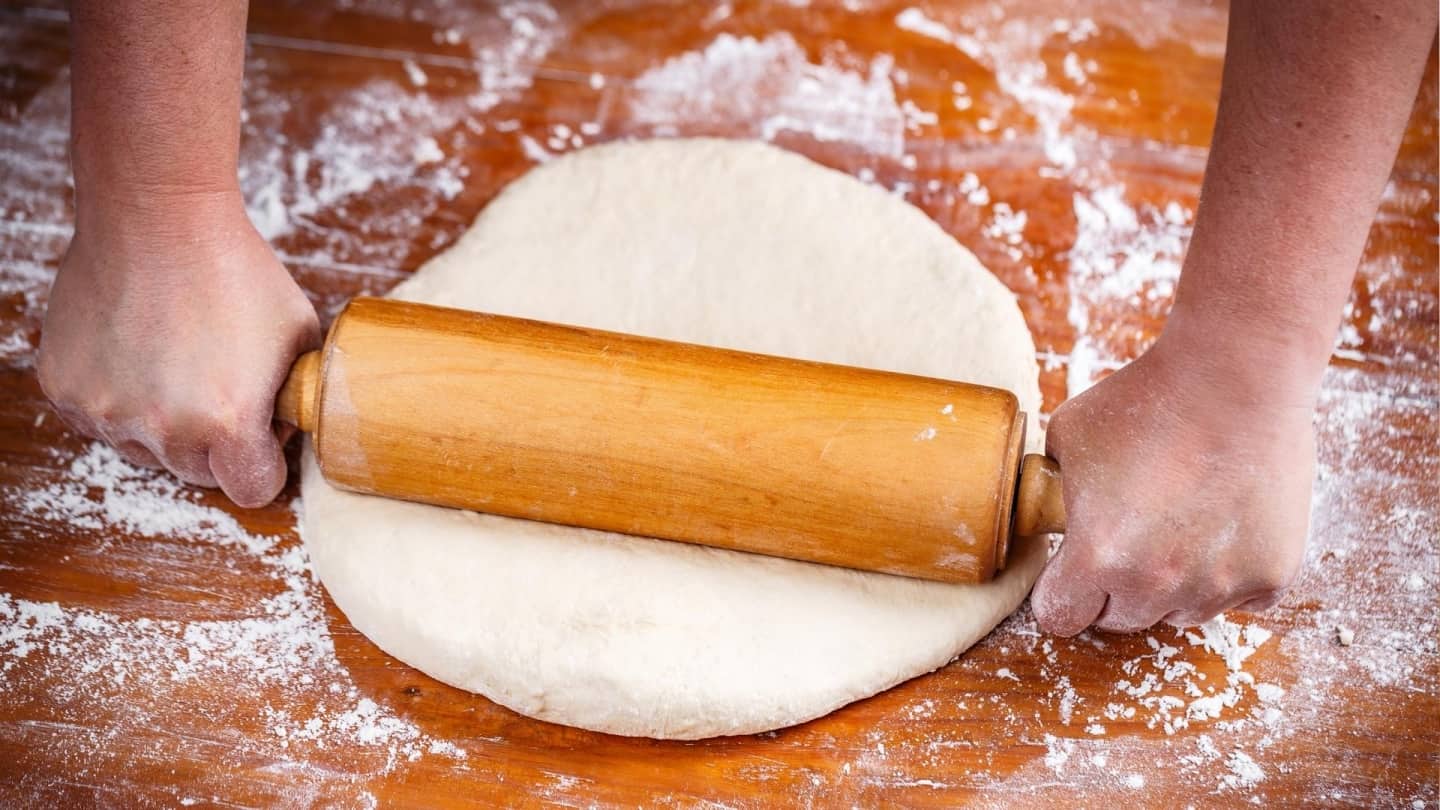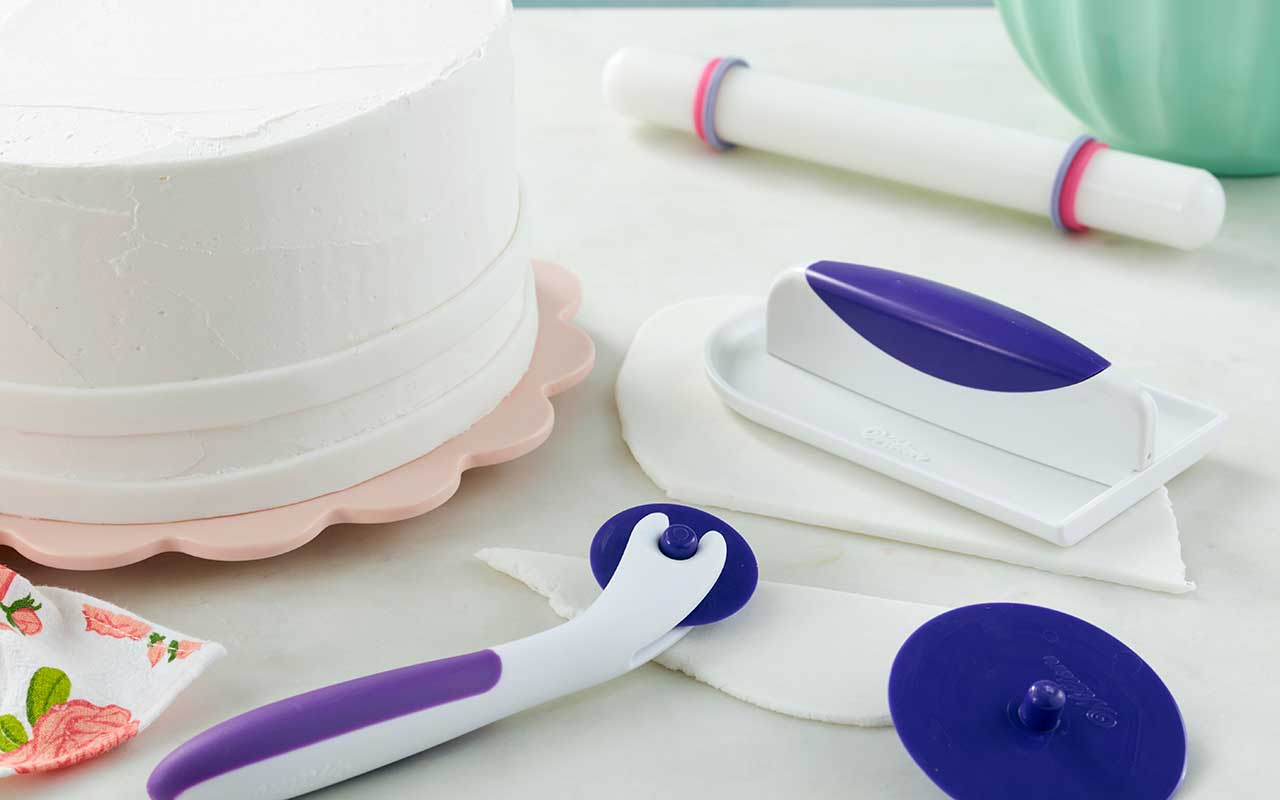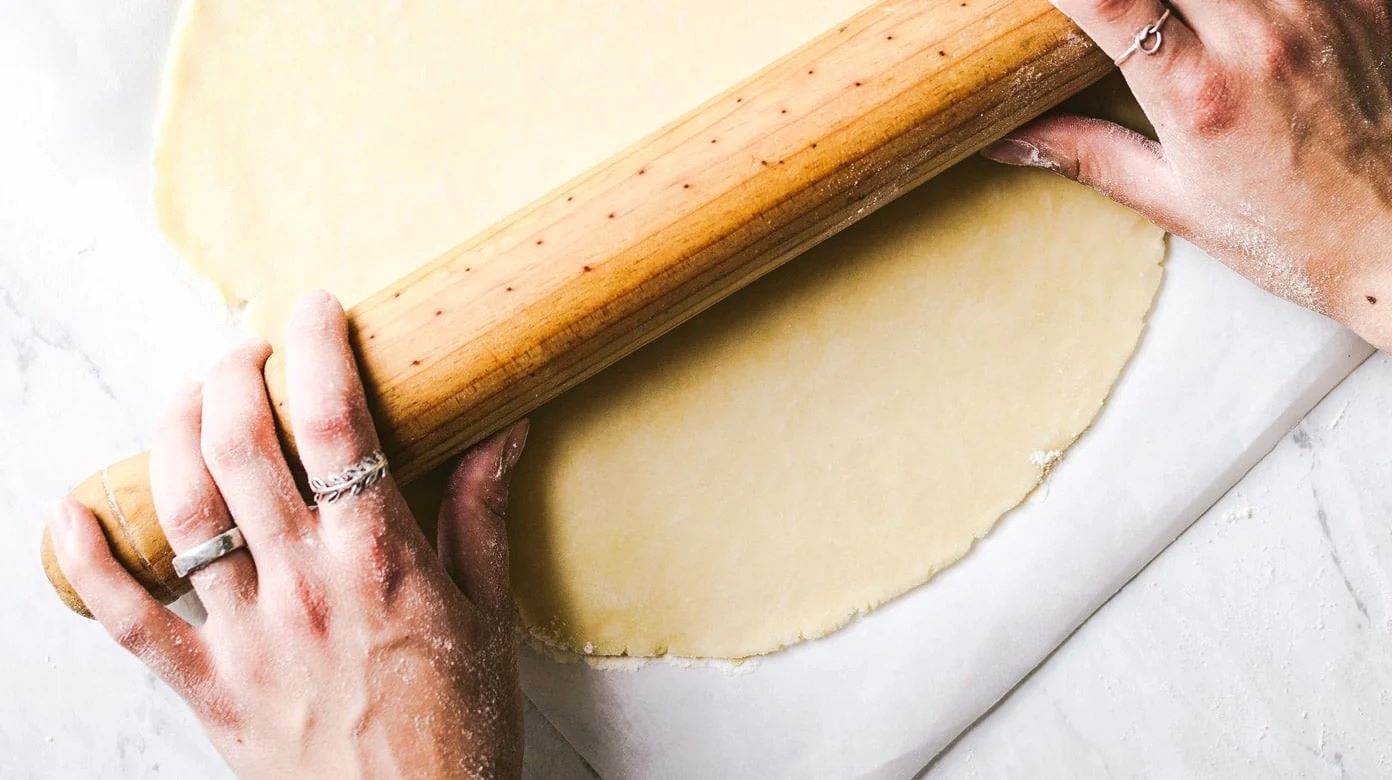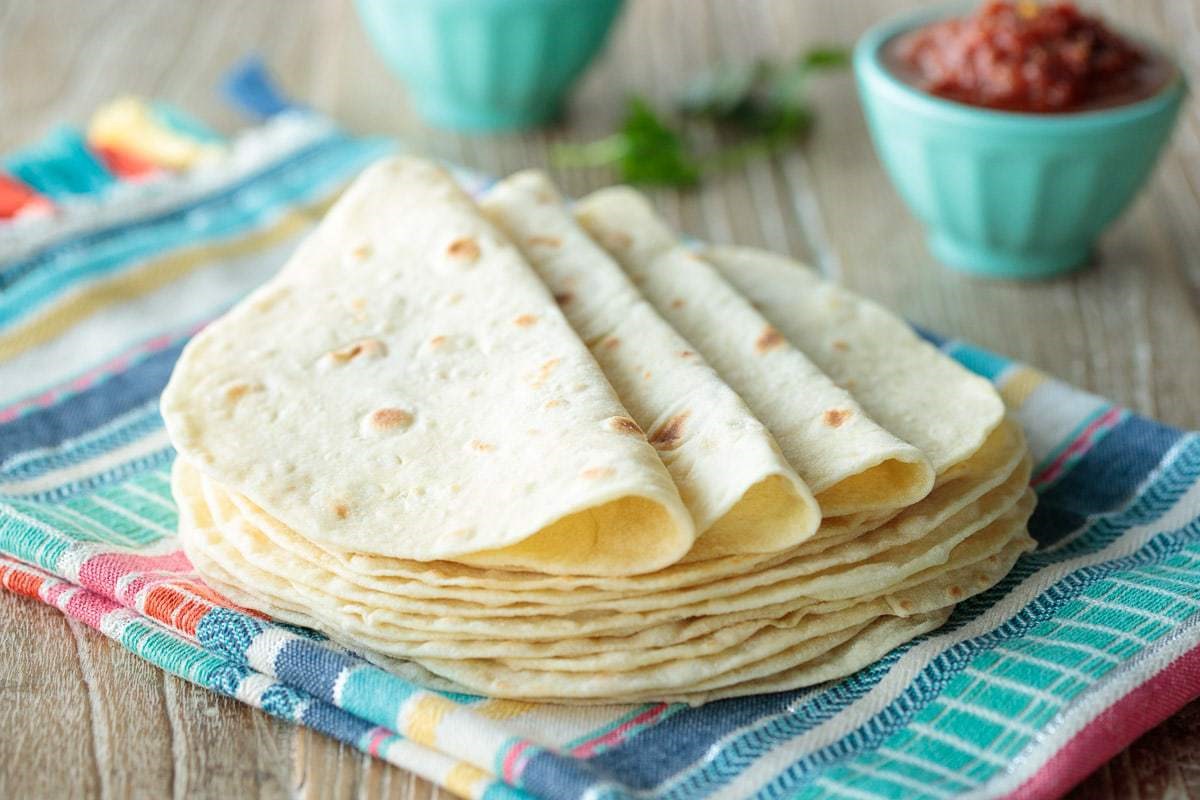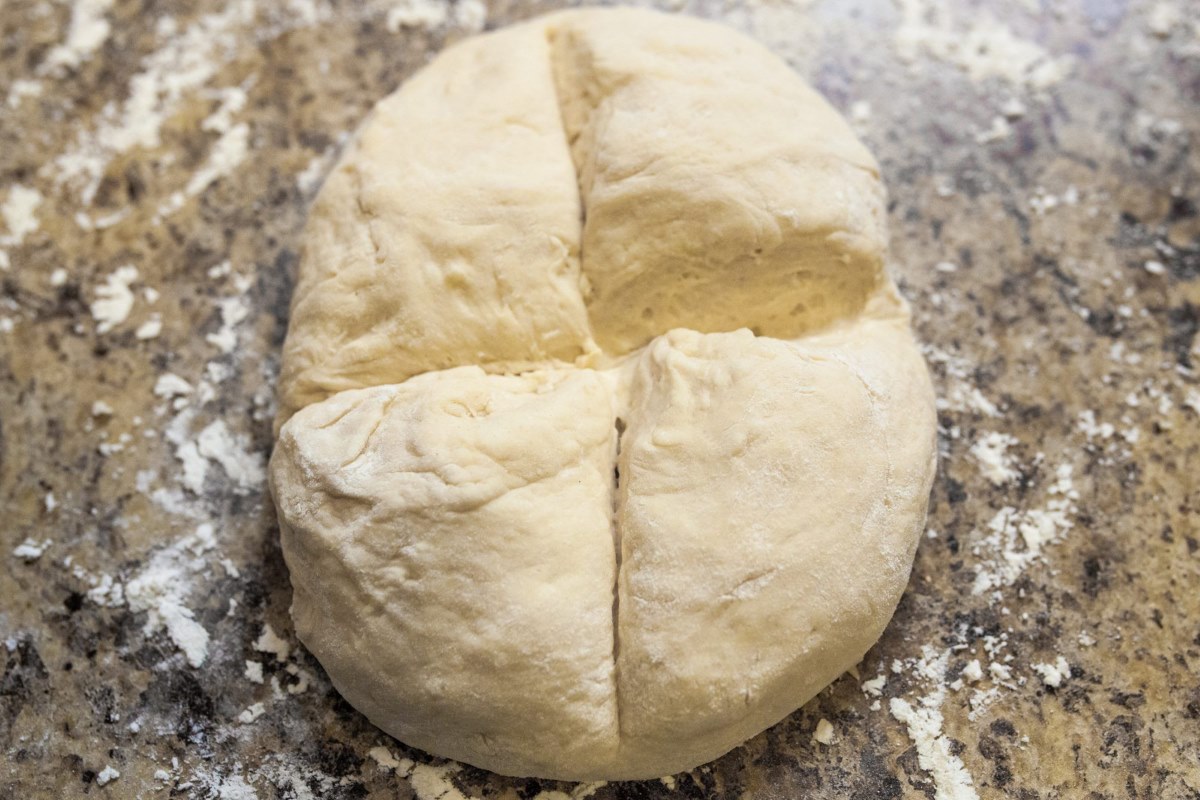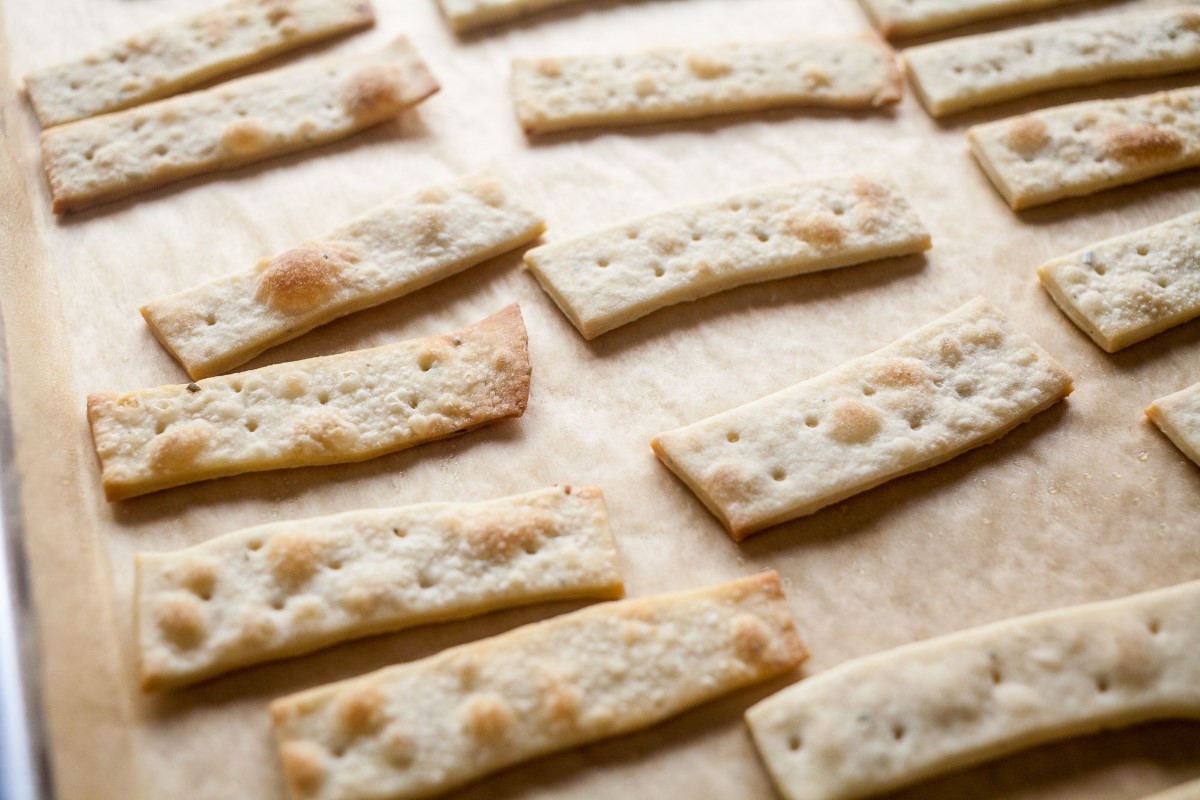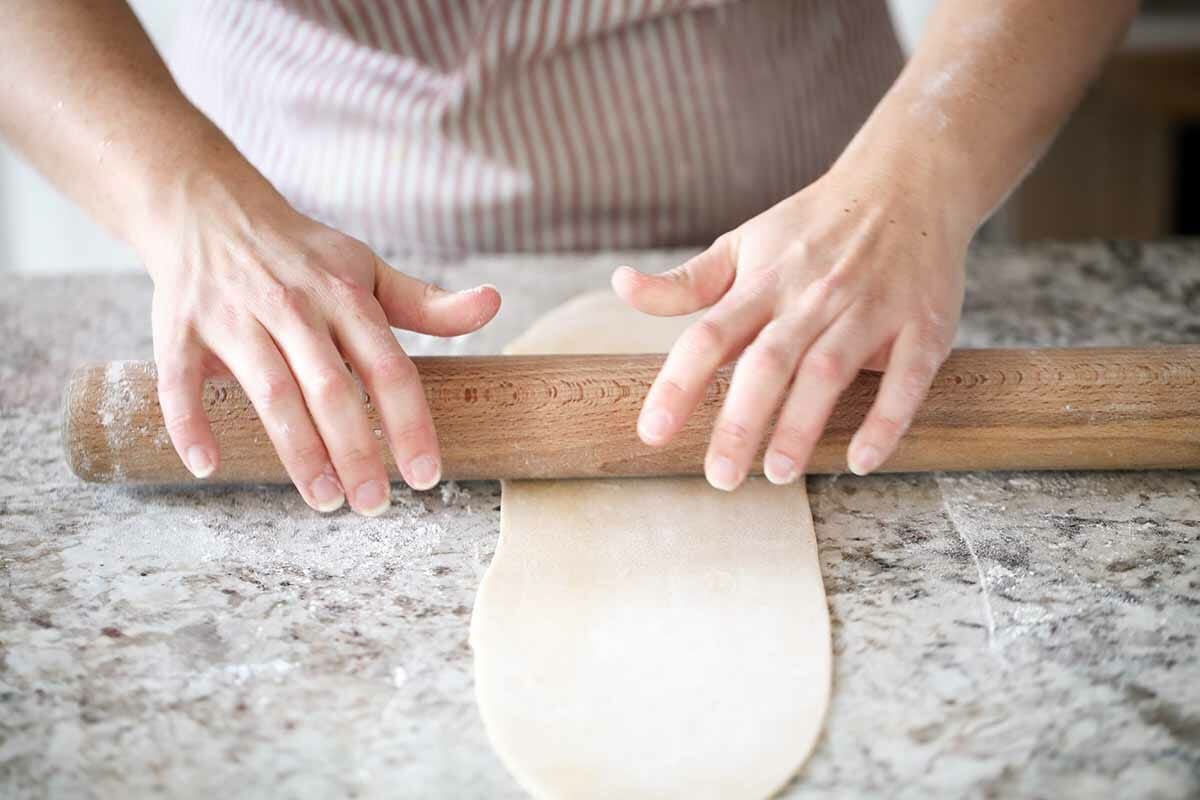Mastering the Art of Rolling Out Croissants
There’s nothing quite like the aroma of freshly baked croissants wafting through the kitchen. These flaky, buttery pastries are a staple in French bakeries and are a delightful treat to enjoy at any time of day. While making croissants from scratch may seem daunting, the key to achieving that perfect flakiness lies in the rolling out process.
Choosing the Right Dough
Before you can begin rolling out your croissants, you’ll need to start with the right dough. Traditional croissant dough is a laminated dough, meaning it is made by folding layers of butter into the dough multiple times. This process creates the distinct layers and flakiness that croissants are known for. If you’re making the dough from scratch, be sure to follow a trusted recipe and allow for proper chilling and resting times.
Preparing Your Work Surface
When it comes to rolling out croissants, having a clean and well-floured work surface is crucial. Dust your countertop or work area with flour to prevent the dough from sticking. Additionally, make sure you have a rolling pin on hand that is smooth and easy to maneuver.
Rolling Technique
Now, let’s get to the heart of the matter – the rolling out process. Follow these steps to achieve perfectly rolled croissants:
- Divide the dough: Start by dividing your dough into equal portions, depending on the size of croissants you want to make.
- Flatten the dough: Take one portion of the dough and gently press it into a rectangular shape with your hands.
- Roll it out: Using a floured rolling pin, begin rolling the dough out into a long, thin rectangle. Be sure to apply even pressure and roll the dough out to the desired thickness, typically about 1/4 inch.
- Fold and repeat: Once the dough is rolled out, carefully fold it into thirds like a letter. This creates the initial layers of butter within the dough. Then, rotate the dough 90 degrees and roll it out again, repeating the folding process several times.
Key Tips for Success
As you master the art of rolling out croissants, keep these tips in mind:
- Work quickly: It’s important to work efficiently when rolling out croissants to prevent the butter from melting and compromising the flakiness of the pastry.
- Chill the dough: If at any point the dough becomes too soft or sticky, place it in the refrigerator to firm up before continuing.
- Be patient: Achieving the perfect layers in your croissants takes time and practice, so don’t be discouraged if your first attempt isn’t flawless.
Final Thoughts
Rolling out croissants is a skill that requires patience and precision, but the results are well worth the effort. Whether you’re making classic butter croissants, chocolate-filled delights, or savory variations, mastering the rolling out process is essential for achieving that signature flakiness and texture. So, roll up your sleeves, dust off your work surface, and get ready to create your own delectable homemade croissants!
